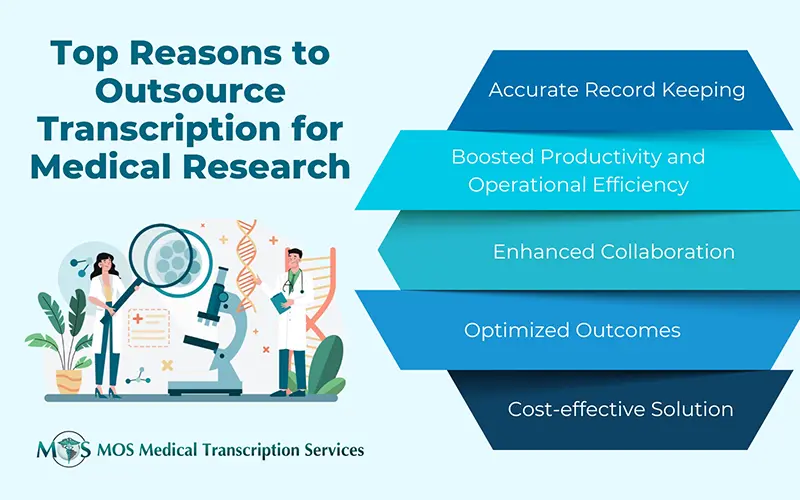One of the most challenging tasks for physicians is typing patient information into the electronic health record (EHR) during and after the office visit. US based medical transcription services ensure dedicated EHR-integrated clinical documentation, including editing of speech recognition-generated documents. At the same time, companies are in the race to develop innovative voice-enabled products and services to make EHRs easier to use and minimize the documentation burden for clinicians. The latest advancement in the field is an ambient listening system in the exam room.

Instantaneous EMR-integrated Transcripts of Physician-Patient Dialogue
Developed by speech recognition software maker Nuance, the Ambient Clinical Intelligence (ACI) solution is a tailor-made device that can be wired into the walls of the exam room. It combines ambient detection tools with Nuance’s Dragon Medical virtual assistant to transcribe the physician-patient conversation and upload key portions of it into the EMR.
This artificially intelligent software product is a rectangular box equipped with 16 microphones and a motion-detection camera. Mounted on the wall of an exam room, the system comes with the following capabilities:
- Can record patient encounters and automatically load key data into matching fields within the EMR
- Can capture and distinguish speech from up to eight persons in the room
- Comes with as a computer vision sensor that can track speakers as they move and attribute speech to the right person
- Convert layperson terms into their clinical language, promoting natural patient-physician conversation, while capturing details to support coding and clinical history
- Allow for real-time documentation of patient visits, without the computer encroaching on the physician-patient relationship
The goal of the new technology, which is also HIPAA-compliant, is to address physician burnout and create meaningful, personalized patient experiences. Performing EHR data entry during the office visit leaves physicians frustrated as they are not able to focus on their patients. In a 2018 Stanford Medicine poll, physicians consistently ranked electronic health record as the top reason for the breakdown of the physician-patient relationship.
Similar to medical transcription services, ambient technology allows providers to avoid burdensome EHR data entry. The system is still in validation process, and if successful, would be a significant advancement in voice technology in healthcare.
Speech Recognition Technology in Medical Record-keeping – Key Challenges
Stat News points out that one key concern about ambient technology is whether patients will be at ease having a third-party company with camera and microphone present during their conversation with their physician.
Another major challenge is accuracy in documentation. Speech recognition (SR) helps with clinical documentation process in two ways: back-end and front-end. In back-end documentation, physician dictations are captured and converted to text by voice technology. This text is then edited by a medical transcription service provider and returned to the physician for review. The second type is front-end speech recognition where the clinicians dictate directly into free-text fields of the EHR and review and edit the transcription themselves. Front-end systems tend to increase the physician’s administrative burden instead of reducing it.
A recent study revealed that in clinical documentation created using speech recognition technology seven in every 100 words contained errors. Moreover, 1 in 250 words contained clinically significant errors. One error that the researchers discovered was a reference to a patient having a “grown mass” instead of a “groin mass”.
“Although adoption of SR technology is intended to ease some of the burden of documentation, that even readily apparent pieces of information at times remain uncorrected raises concerns about whether physicians have sufficient time and resources to review their dictated notes, even to a superficial degree,” wrote researchers (www. ehrintelligence.com).
Documentation errors that affect clinically relevant information put patient safety at risk. Though nearly all the errors were identified by follow-up review and editing, the researchers stressed the need for careful supervision to prevent errors in the final version of physician notes.
Speech recognition technologies are being increasingly recognized for their ability to help physicians manage the care of their complex patients. Patients with complicated conditions would have a complicated story to tell and physicians would find it difficult to type out quickly, according to a report from the American Medical Association.
All these challenges indicate that, even as technology advances, medical transcription outsourcing companies continue to have an important role in helping physicians maintain accurate, timely and clear medical records.


